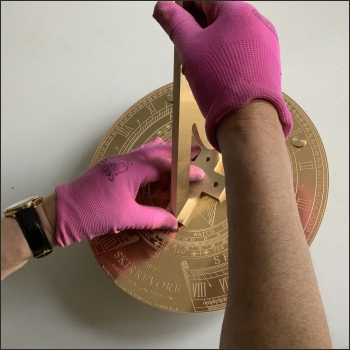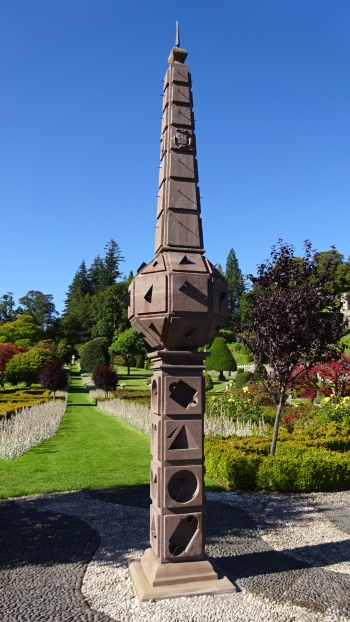
Modern reconstruction of a 16th century altitude sundial for studying its mathematics and accuracy. An altitude dial uses the height of the sun to find the time. The dial is double-sided with the two half-years back-to-back.
Erasmus Habermel was a renowned scientific instrument maker working in the court of Emperor Rudolf II in Prague in the 16th century. He made instruments for all disciplines including astronomy and navigation. One of his sundials is an altitude dial in the clocks collection of the Augustine Museum in Freiburg im Bresgau*. It is an elegant circular dial and the mathematical construction is intriguing. Continue reading







